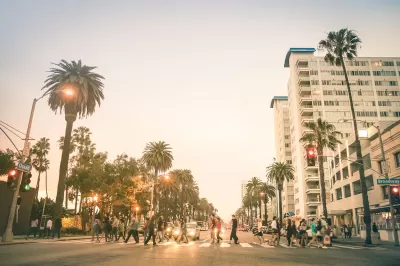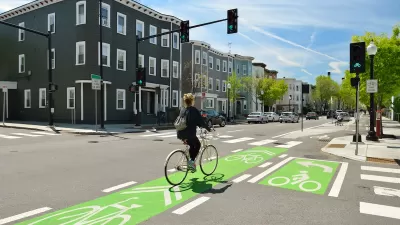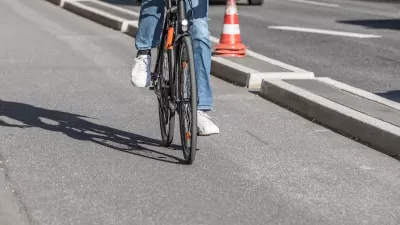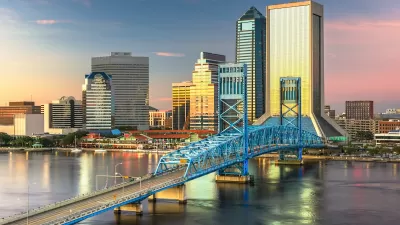The agency plans to update its road design guidelines by the end of the year — before a new law that prioritizes pedestrian and cyclist safety takes effect.

The California Transportation Commission (CTC) is rushing to make updates to the State Highway Operations and Protection Program (SHOPP) in advance of a new Complete Streets law that takes effect in January, reports Melanie Curry for Streetsblog California.
“S.B. 960 includes major revisions to Caltrans responsibilities, particularly around transparency and showing progress towards Complete Streets goals,” Curry explains. But the agency plans to finish updating its guidelines by the end of the year without incorporating the changes called for in the law.
According to Curry, “SHOPP guidelines are not required to be updated regularly, and S.B. 960 does not include a deadline to incorporate its provisions - so not addressing them in this update could indefinitely delay including complete streets.”
Curry notes that the CTC could take steps to ensure compliance with the law now, such as posting documents online before they finalize the updates to allow for public comment. In an April letter to Caltrans, advocacy coalition ClimatePlan urged the agency to address SB 960 and take note of the California Bicycle Coalition’s recent Incomplete Streets report, which highlights the state’s slow progress on building safer infrastructure for cyclists, pedestrians, and transit users.
FULL STORY: California Transportation Commission Is Ignoring Complete Streets Law

Trump Administration Could Effectively End Housing Voucher Program
Federal officials are eyeing major cuts to the Section 8 program that helps millions of low-income households pay rent.

Planetizen Federal Action Tracker
A weekly monitor of how Trump’s orders and actions are impacting planners and planning in America.

Ken Jennings Launches Transit Web Series
The Jeopardy champ wants you to ride public transit.

California Invests Additional $5M in Electric School Buses
The state wants to electrify all of its school bus fleets by 2035.

Austin Launches $2M Homelessness Prevention Fund
A new grant program from the city’s Homeless Strategy Office will fund rental assistance and supportive services.

Alabama School Forestry Initiative Brings Trees to Schoolyards
Trees can improve physical and mental health for students and commnity members.
Urban Design for Planners 1: Software Tools
This six-course series explores essential urban design concepts using open source software and equips planners with the tools they need to participate fully in the urban design process.
Planning for Universal Design
Learn the tools for implementing Universal Design in planning regulations.
Ada County Highway District
Clanton & Associates, Inc.
Jessamine County Fiscal Court
Institute for Housing and Urban Development Studies (IHS)
City of Grandview
Harvard GSD Executive Education
Toledo-Lucas County Plan Commissions
Salt Lake City
NYU Wagner Graduate School of Public Service





























